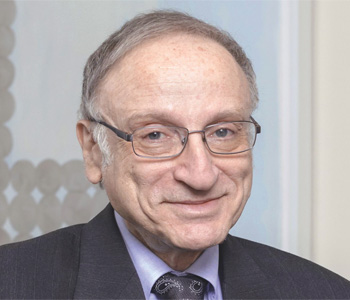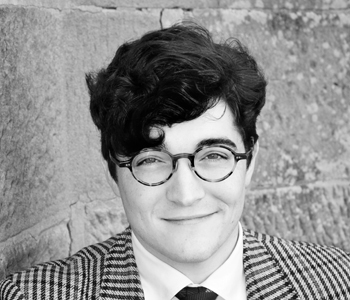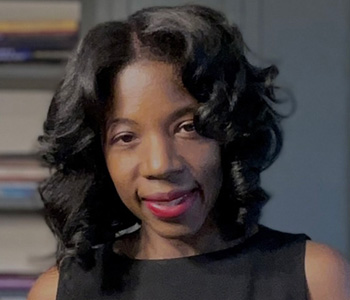Pamela Robertson Wojcik
On her book Unhomed: Cycles of Mobility and Placelessness in American Cinema

Rorotoko
Fascinating Work in the Words of the Author

Katja Guenther
On her book The Mirror and the Mind: A History of Self-Recognition in the Human Sciences

Claudia Calirman
On her book Dissident Practices: Brazilian Women Artists, 1960s–2020s

Gary Saul Morson
On his book Wonder Confronts Certainty: Russian Writers on the Timeless Questions and Why Their Answers Matter

Elizabeth Cobbs
On her book Fearless Women: Feminist Patriots from Abigail Adams to Beyoncé

Niko Kolodny
On his book The Pecking Order: Social Hierarchy as a Philosophical Problem

Mark Galeotti
On his book The Weaponisation of Everything: A Field Guide to the New Way of War

Jennifer L. Allen
On her book Sustainable Utopias: The Art and Politics of Hope in Germany

Robert Hassan
On his book Analog

Brian A. Hatcher
On his book Against High-Caste Polygamy: An Annotated Translation

Garett Jones
On his book The Culture Transplant: How Migrants Make the Economies They Move To a Lot Like the Ones They Left

Antone Martinho-Truswell
On his book The Parrot in the Mirror: How Evolving to be Like Birds Makes Us Human

Kyle Parry
On his book A Theory of Assembly: From Museums to Memes

David L. Sloss
On his book Tyrants on Twitter: Protecting Democracies from Information Warfare

Nicole Howard
On her book Loath to Print: The Reluctant Scientific Author, 1500–1750

Margaret K. Nelson
On her book Keeping Family Secrets: Shame and Silence in Memoirs from the 1950s

Patricia Banks
On her book Black Culture, Inc.: How Ethnic Community Support Pays for Corporate America

Sherri Irvin
On her book Immaterial: Rules in Contemporary Art

Bénédicte Savoy
On her book Africa's Struggle for Its Art: History of a Postcolonial Defeat

David M. Henkin
On his book The Week: A History of the Unnatural Rhythms That Made Us Who We Are

Nadine Weidman
On her book Killer Instinct: The Popular Science of Human Nature in Twentieth-Century America
